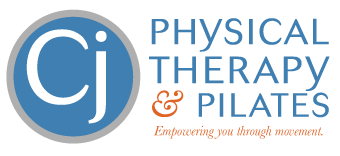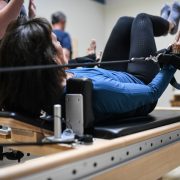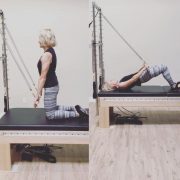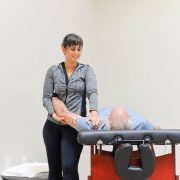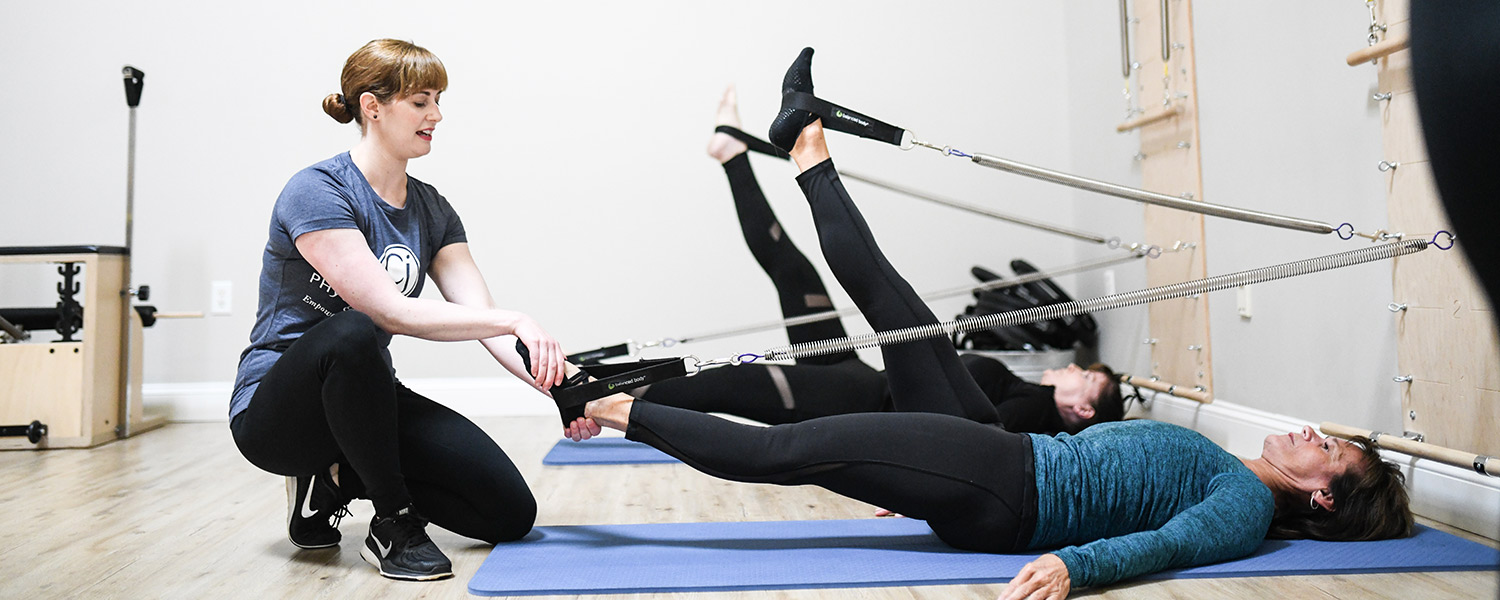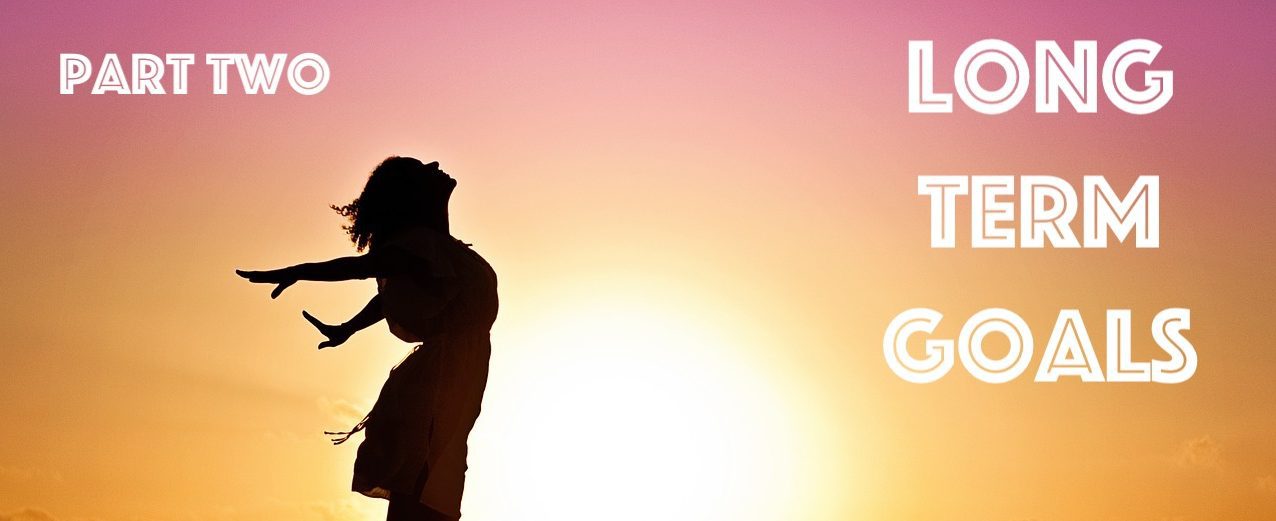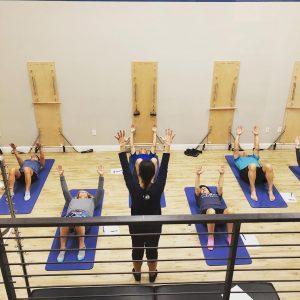5 Reasons People over 40 should do Pilates
Pilates is good for anyone and everyone… but especially for middle aged and older adults. Here are just some of the reasons to take Pilates classes if you’re in your 40s, 50s, 60s and beyond!
1. Relieve -and prevent- back pain
Many people who come to us with back pain think that their pain would prevent them from participating in an exercise program like Pilates – but the truth is, it’s the opposite! Guided, individualized Pilates combined with a physical therapy regimen is actually one of the best things you could do for your back. Pilates strengthens your entire body, starting from your core, which naturally prevents future back issues stemming from muscular weakness or imbalance. Furthermore, Pilates (combined with PT) teaches correct movement – which is the number one way to relieve any current pain!
2. Increase balance
Since Pilates is all about core strength, it makes sense that continued practice can improve your balance by leaps and bounds! This is an especially important benefit for the older adults who do Pilates with us. As we age, our balance unfortunately deteriorates. However, those changes are not irreversible! Pilates retrains the balance and strength that makes falls less likely.
3. Improve flexibility
You don’t have to be flexible to start Pilates, but you will see your range of motion improve drastically after consistent practice! Improving flexibility is especially important as we age. The founder of the Pilates system himself, Joseph Pilates, once said,
“if your spine is inflexibly stiff at 30, you are old; if it is completely flexible at 60, you are young.”
The years you’ve spent on earth is just a number… but it’s the condition of your body that dictates your age – not the other way around! And flexibility is the cornerstone to musculoskeletal health and resilience.
4. Reduce stress
We know that exercise in general is a great stress reliever, but Pilates is especially beneficial because it focuses on literally releasing that stress from your body through guided, intentional movement. Plus, having a regular Pilates class to attend can be a consistent fixture in your life that can serve as an outlet for all your day to day stresses!
5. Improve physique
“In 10 sessions you’ll feel the difference, in 20 sessions you’ll see a difference, and in 30 sessions you’ll have a whole new body.”
That’s another great quote from Joseph Pilates! Pilates is one of the best full body workouts out there, and it’s super effective for improving muscle tone overall and shedding excess body fat. If you practice Pilates regularly, you’ll continue to gain strength overall, which will improve your ability and performance in any other physical activity you enjoy!
